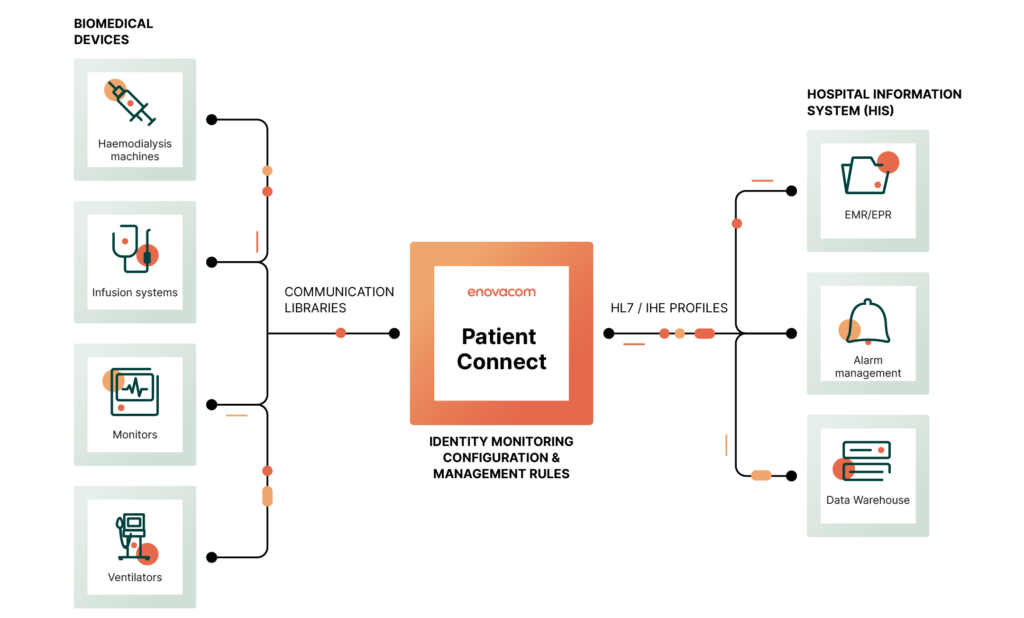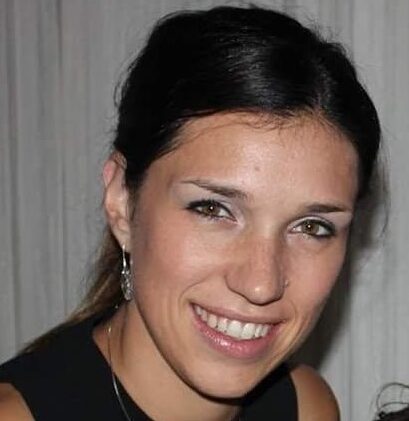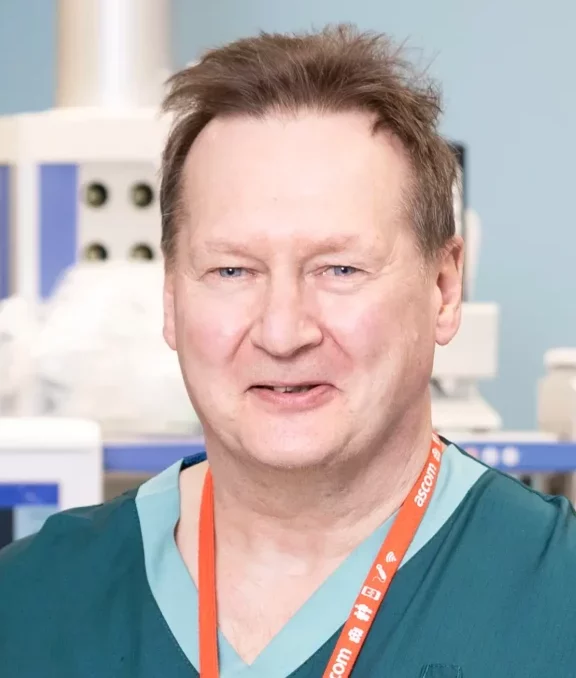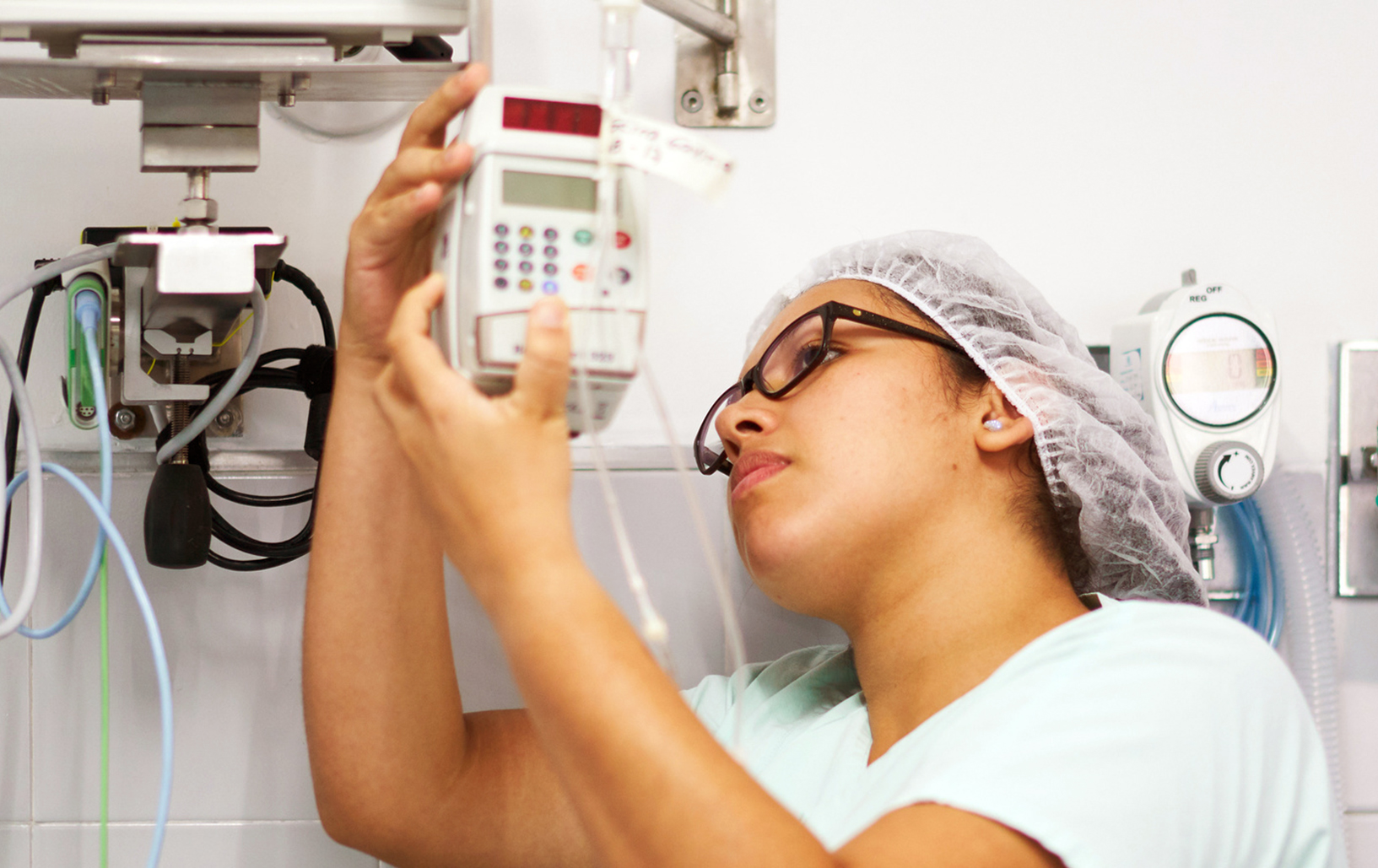A biomedical interoperability solution to automatically collect data from your biomedical devices.
Why choose Enovacom's biomedical interoperability solution?
Reliability
Eliminate the possibility of transcription errors by automatically integrating vital signs to care records.
Comfort
Keep your routine while simplifying your daily tasks, saving you time to spend with your patients.
Security
Ensure that the data is collected in the right record by easily associating the biomedical device and the patient.

- Compatible with all medical device manufacturers.
- A constantly growing list of communication libraries.
- Ventilators, infusion systems, electrocardiograms, ... (non exhaustive list).
- Upload to any application in the information system.
- Automatic and secure data exchange.
- Reliable patient identity and data integrity.
- Suitable deployment according to caregivers needs.
- Based on international interoperability standards: HL7, IHE profiles.
- Digital transformation tool for your healthcare organisation.
Technical platform
- Connect directly to the network (Wifi/Ethernet) or simply add a converter.
- Independent communication library, by device model.
- Output standardization HL7 – IHE PCD profile, based on technical framework.
- Granular configuration through a set of management rules: mapping, sampling, conversion, etc. per device or group of devices.
Mobile EPC - the power of biomedical interoperability available with a simple QR code
- Use your mobile to simplify patient/device pairing, simply by scanning your patient’s QR Code with your smartphone.
- Mobile Web application for a more fluid care workflow.
- Association of caregiver, patient and device(s) at the patient’s bedside.
- A Progressive Web App that requires no installation and works on all phones.
- The mobile device camera is used to scan barcode, QR code or data matrix.
What our customers say about Enovacom's biomedical interoperability solution
With Enovacom’s biomedical interoperability platform, we can quickly access data from our biomedical devices. This saves a lot of time for the patient’s care, as each caregiver saves two hours per day.
Amélie BrasiolaHead of surgical intensive care unit, Montreal Heart Institute, Canada 
A patient’s wristband and a QR code on the medical device are used to create a “patient/device association”. A nurse links the patient’s bracelet and the device needed at a given time with a smartphone. The patient identification system is harmonised and all staff use the same types of devices and user interfaces. Even though almost all of the patient rooms in the new hospital are single rooms, the new system allows us to safely monitor patients with tools such as remote monitoring and smart alerts.
Esa ElomaaChief Anaesthesist, Nova hospital, Finland 
